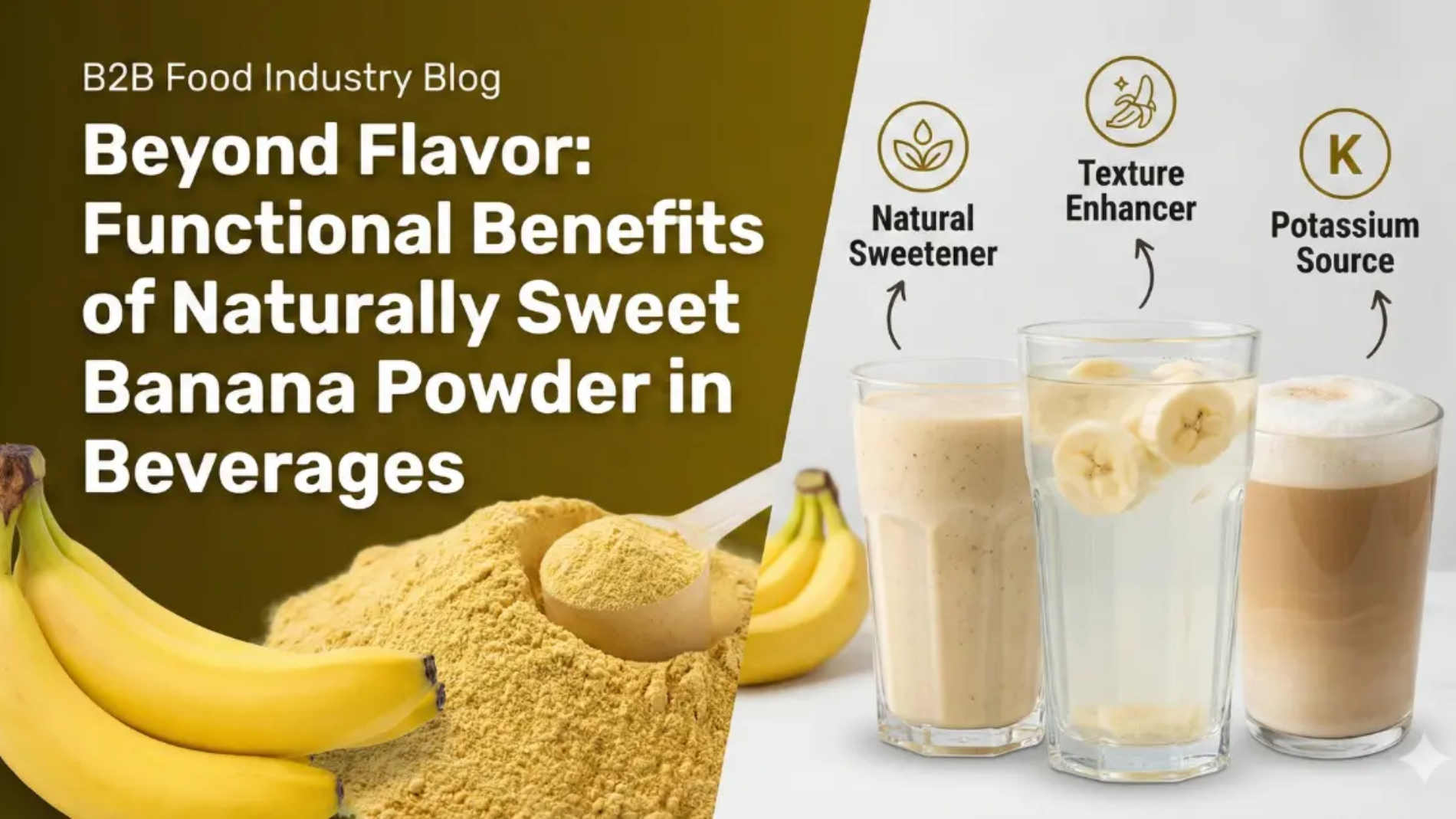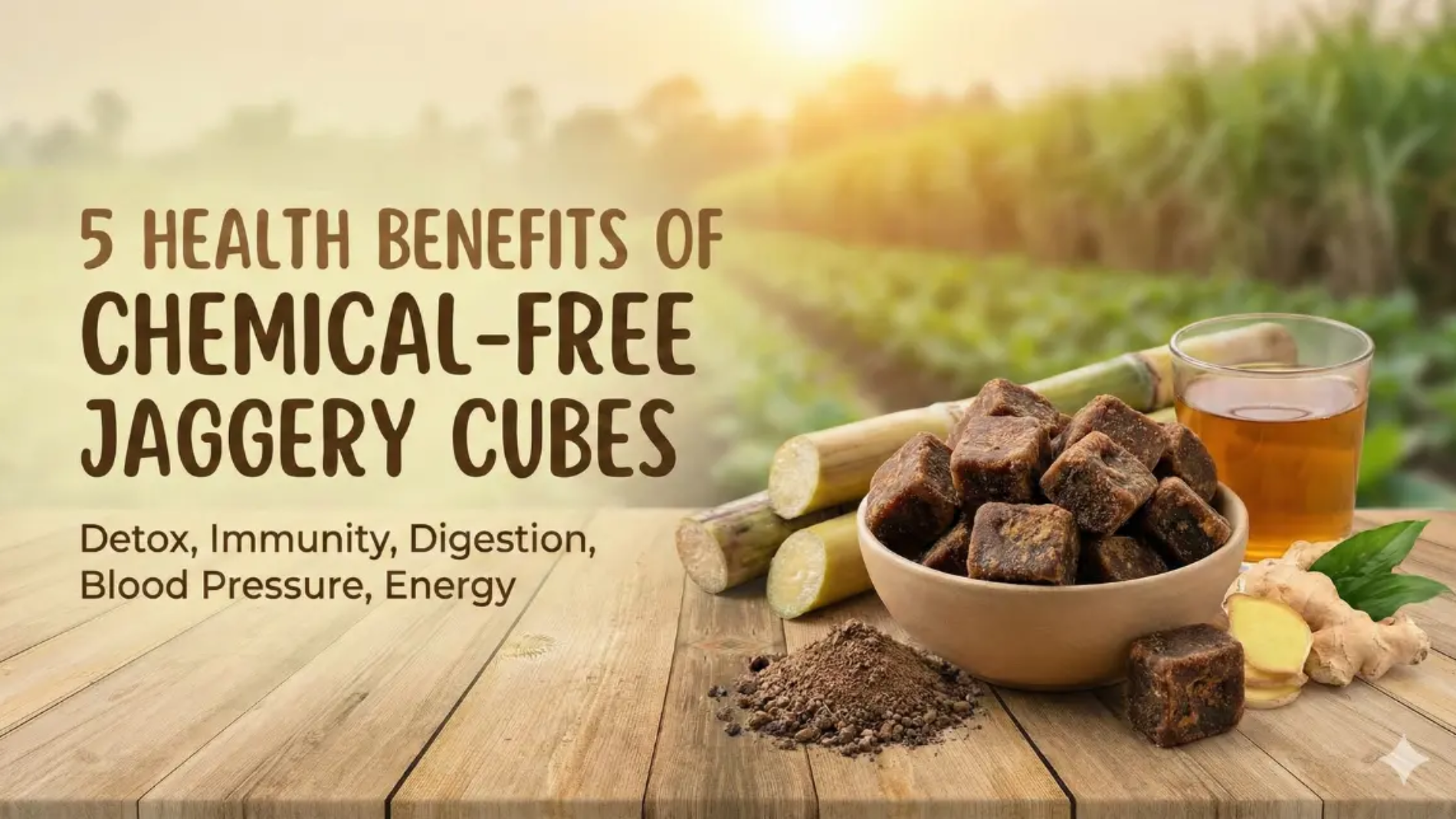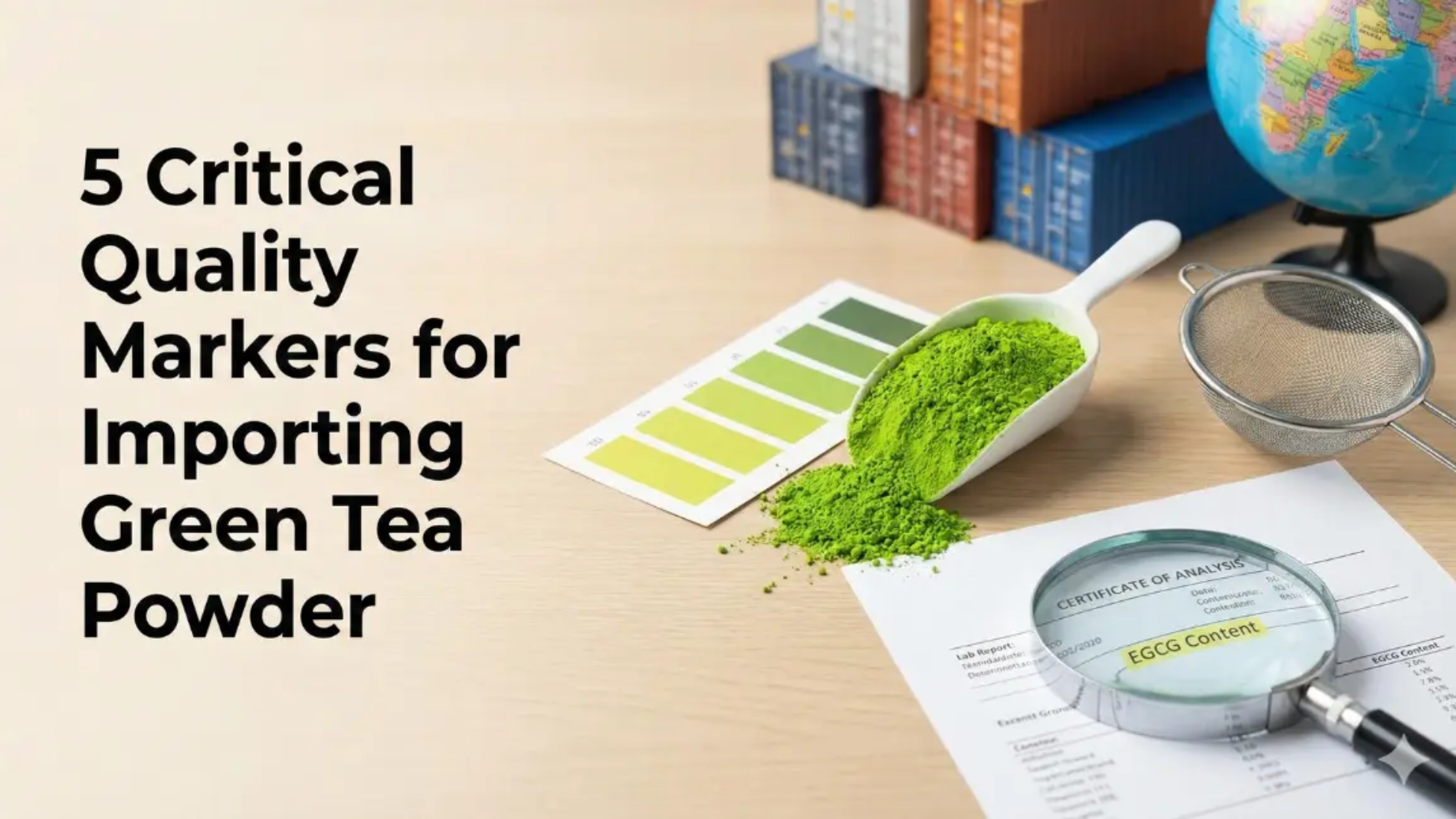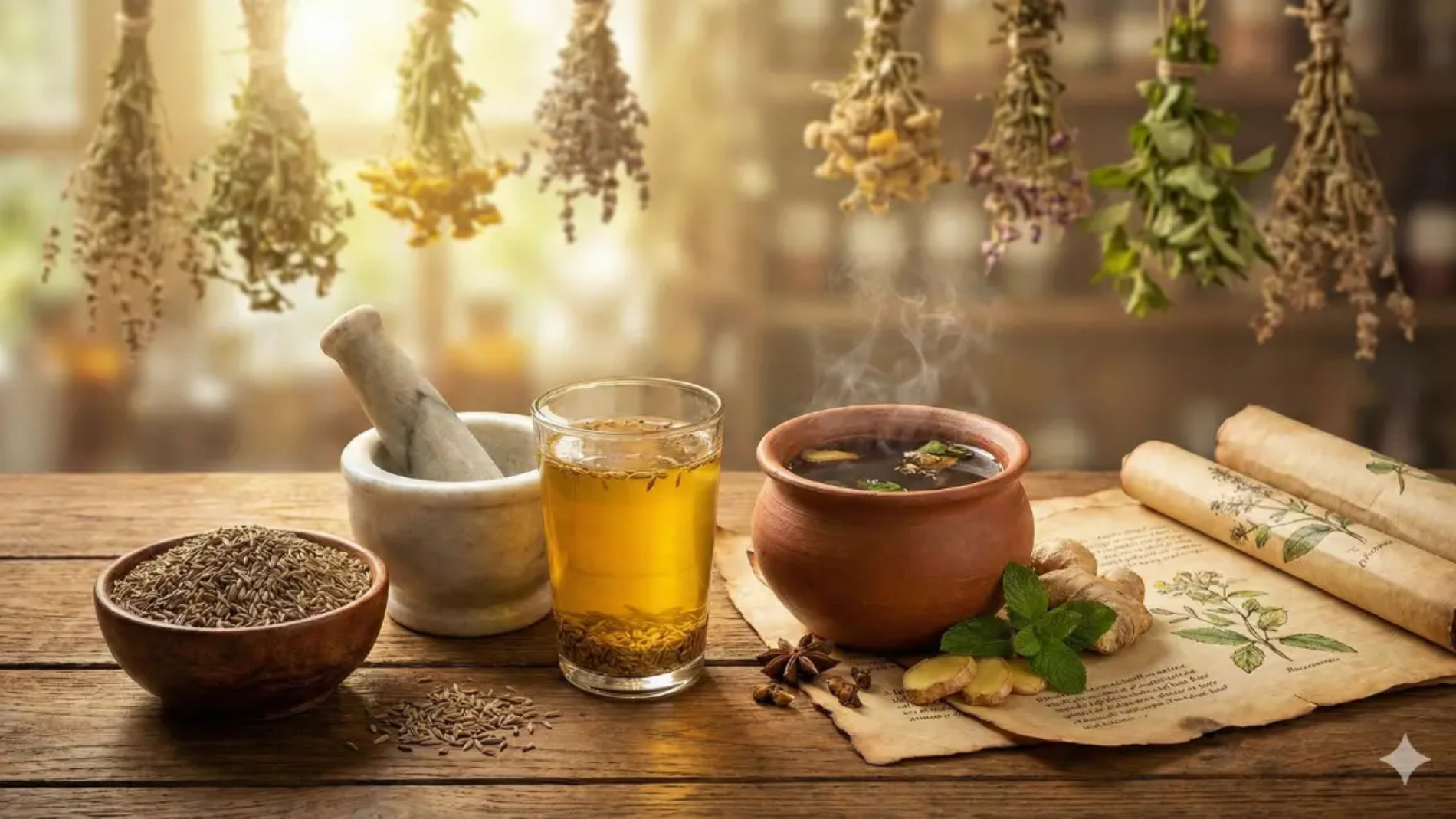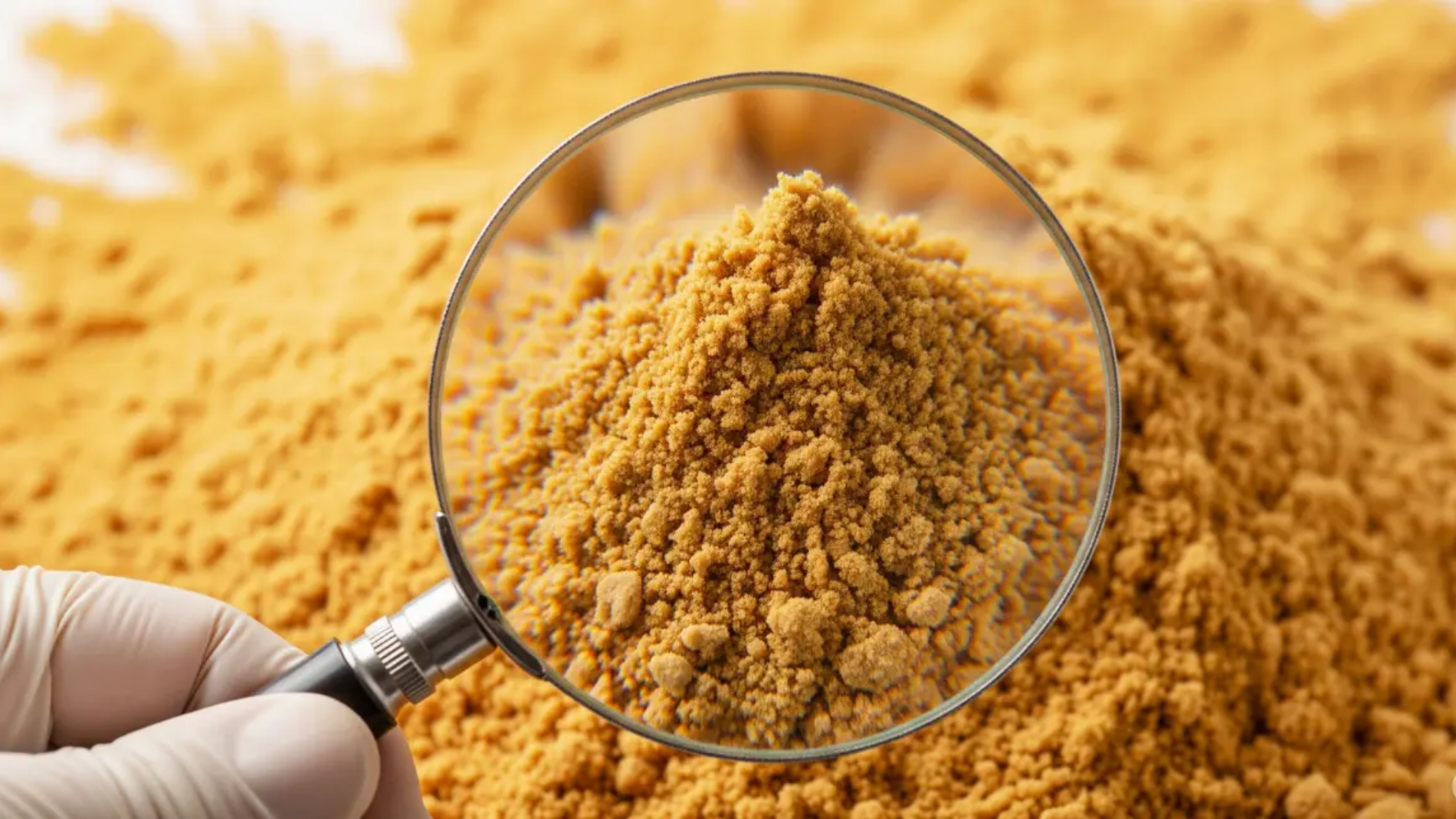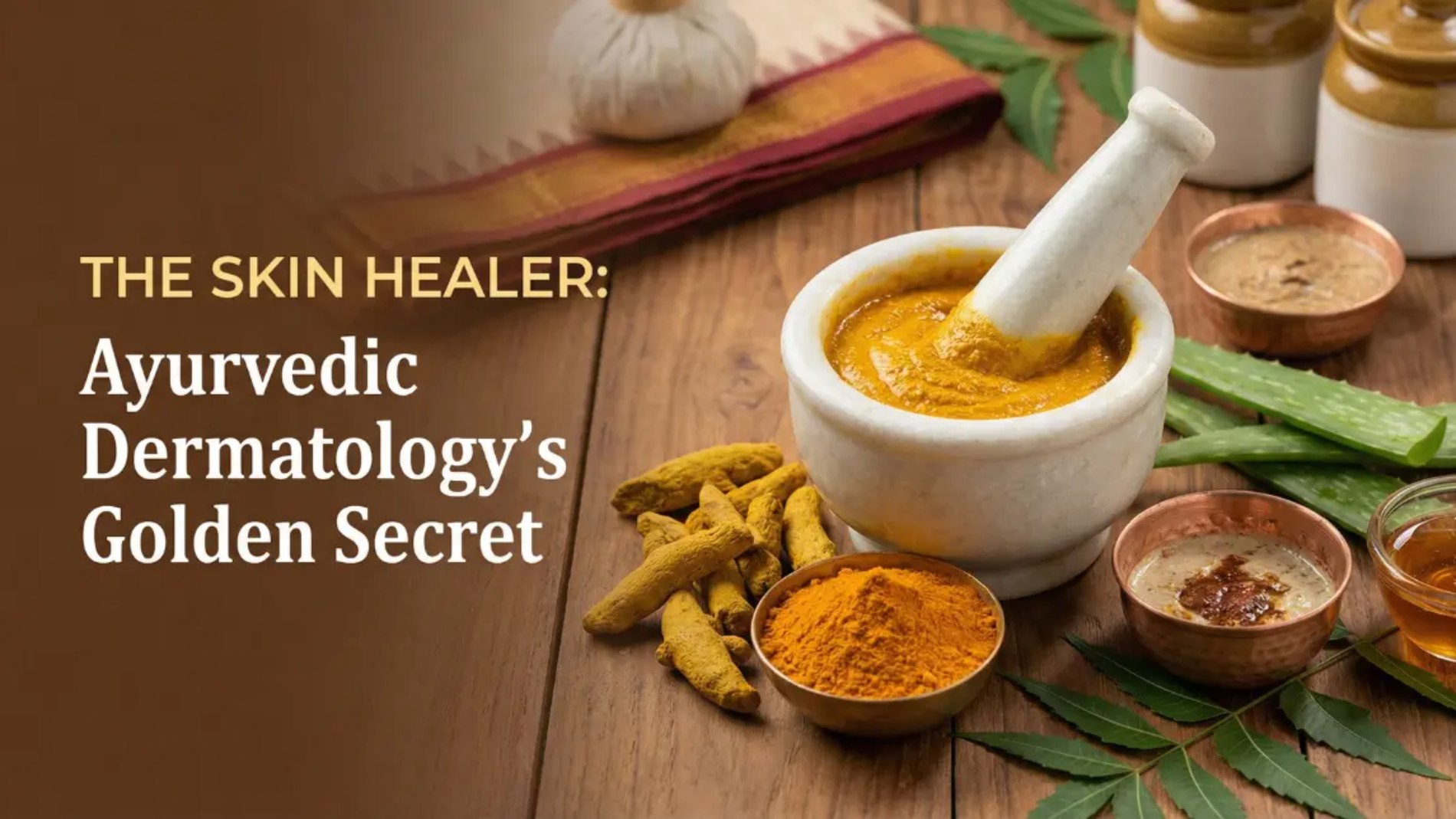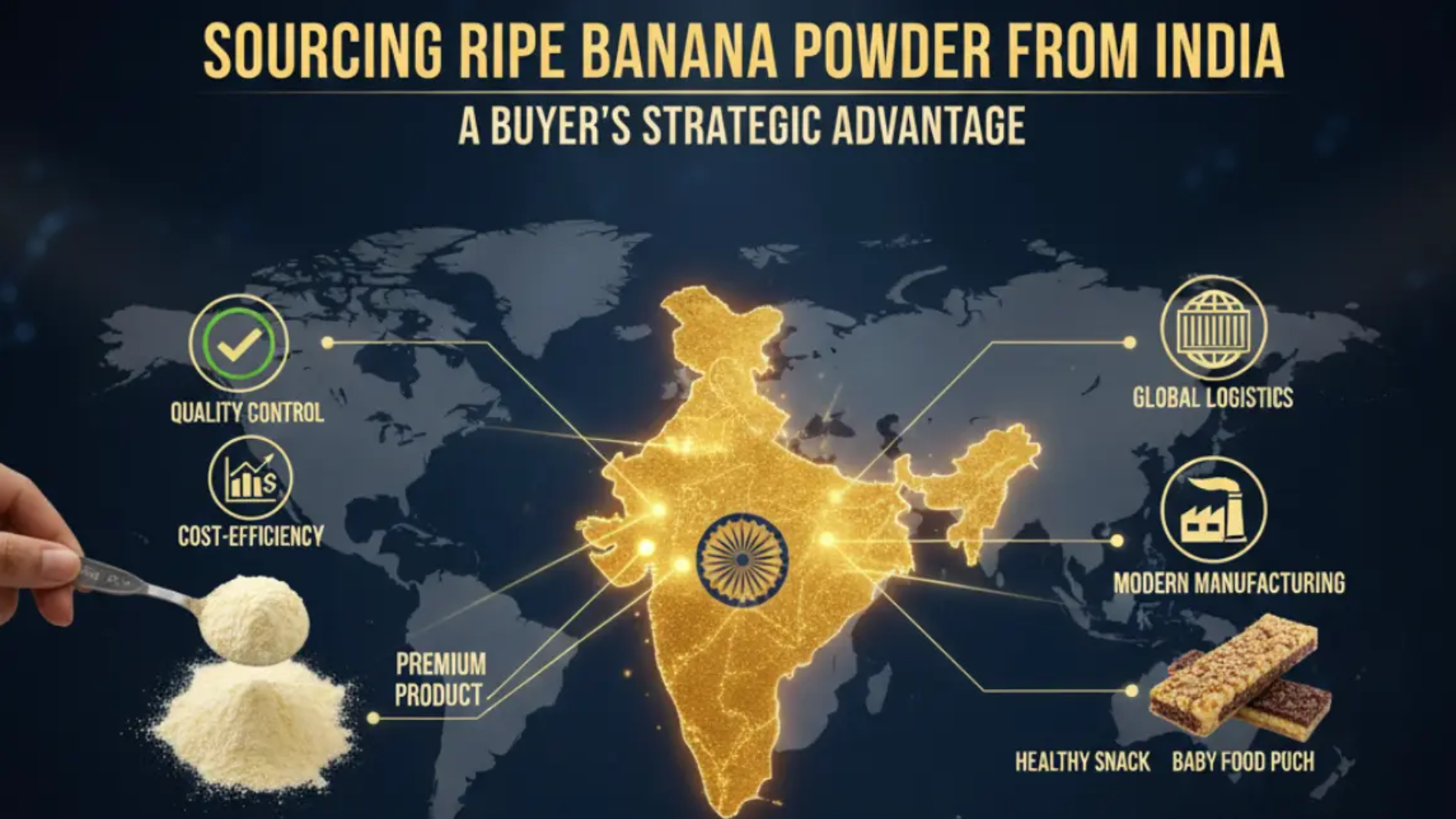The global beverage industry is undergoing a seismic shift. Modern consumers are no longer satisfied with drinks that simply taste good; they demand functionality, nutrition, and transparency. The era of high-fructose corn syrup and artificial flavorings is waning, replaced by a surge in demand for plant-based, whole-food ingredients. In this landscape, naturally sweet banana powder has emerged as a game-changing ingredient for beverage formulators and manufacturers.
Derived from fully ripened bananas, this golden powder offers far more than just the tropical taste of the fruit. It serves as a multifunctional powerhouse, solving complex formulation challenges ranging from sugar reduction to texture improvement. For importers and food technologists, understanding the functional versatility of naturally sweet banana powder is the key to unlocking the next generation of successful health beverages.
The Natural Sweetener Revolution
The most immediate application of naturally sweet banana powder is its ability to act as a natural beverage sweetener. Unlike raw or green banana flour, which is starchy and neutral, this powder is processed from ripe fruit where the starches have converted into natural sugars (fructose, glucose, and sucrose).
For beverage manufacturers, this presents a unique opportunity to reduce “added sugars” on the nutrition label. By incorporating ripe banana powder, brands can sweeten their products using fruit solids. This allows for a cleaner label and appeals to health-conscious consumers looking to avoid refined sugars without sacrificing palatability. It bridges the gap between health and indulgence, providing a mellow sweetness that enhances other flavors like chocolate, vanilla, and berry blends.
Spice Up Your Business with Authentic Indian Flavors
Import and Export Excellence from India!

Enhancing Texture, Viscosity, and Mouthfeel
One of the biggest challenges in creating low-sugar or plant-based beverages is achieving a satisfying texture. Removing sugar or dairy often leaves a drink feeling “thin” or watery. Naturally sweet banana powder is an exceptional texturizing agent.
Even in its ripe form, the powder contains pectin and soluble fibers. When hydrated, these compounds help build viscosity and provide a creamy, rich mouthfeel. This is particularly valuable in:
Plant-Based Milks: Adding body to almond or oat milk blends.
Protein Shakes: Masking the gritty texture of plant proteins.
Instant Drink Mixes: Ensuring the rehydrated product feels substantial and satisfying.
By using soluble fruit powder like banana, manufacturers can eliminate or reduce the need for synthetic gums and thickeners, further supporting a clean label strategy.
Potassium Fortification for Sports and Wellness Drinks
The modern consumer associates bananas with one key mineral: Potassium. Naturally sweet banana powder is a concentrated source of this vital electrolyte. In the sports nutrition sector, where hydration and muscle recovery are paramount, this ingredient offers a natural alternative to synthetic electrolyte mixes.
Incorporating potassium-rich drink ingredients allows beverage brands to make functional health claims regarding muscle function, hydration, and blood pressure support. Whether it is a pre-workout smoothie mix or an isotonic recovery drink, banana powder delivers a nutritional punch that synthetic flavors simply cannot match. It also provides a good source of natural energy, vitamins (like Vitamin B6), and minerals (magnesium), making it a comprehensive nutritional booster.
The "Clean Label" Advantage
Trust is the new currency in the food and beverage industry. Consumers are scrutinizing ingredient lists more than ever before. An ingredient list that reads “Banana Powder” is infinitely more approachable and trustworthy than one listing artificial sweeteners, texturizers, or “Natural Identity Flavors.”
Clean label beverage formulation is about simplifying the ingredient deck while maintaining quality. Naturally sweet banana powder allows manufacturers to replace three separate ingredients—sweetener, flavor, and thickener—with one single, recognizable fruit ingredient. This transparency commands a premium in the market and builds long-term brand loyalty among health-conscious demographics.
Spice Up Your Business with Authentic Indian Flavors
Import and Export Excellence from India!

Applications Across the Beverage Spectrum
The versatility of this powder extends across various beverage categories:
Smoothie Mixes: It acts as the perfect base, providing the sweetness and creaminess of a fresh banana without the spoilage issues or browning associated with fresh fruit.
Flavored Milks and Yogurts: It pairs perfectly with dairy, offering a shelf-stable way to produce banana-flavored milk without using artificial syrups.
Functional Coffees and Lattes: As consumers look for superfood lattes, banana powder adds a unique twist to mocha or chai blends, offering natural sweetness and creaminess.
Baby Food Beverages: For the toddler drink market, it offers a safe, easily digestible, and palatable source of nutrition.
Sourcing for Solubility and Quality
To fully leverage these functional benefits, sourcing the right quality is critical. Not all banana powders are created equal. For beverage applications, solubility is key. Manufacturers must look for ripe banana powder that has been processed (often spray-dried) to ensure fine particle size and easy dispersion in liquids.
At Aqua Connect Exim, we specialize in sourcing premium, export-quality banana powder from India’s finest orchards. Our product is processed to retain maximum nutrient density and natural sweetness while ensuring the solubility required for high-end beverage manufacturing.
By integrating naturally sweet banana powder into your supply chain, you aren’t just adding a flavor; you are adding a functional tool that addresses texture, nutrition, and the clean-label demands of the modern market.
Frequently Asked Questions (FAQs)
1. Is naturally sweet banana powder completely soluble in water?
While it is highly dispersible, especially spray-dried varieties, it is a whole fruit powder containing fiber. It mixes well into thicker beverages like smoothies and shakes but may have some sediment in thin liquids like clear water.
2. How does ripe banana powder differ from green banana flour?
Naturally sweet banana powder is made from ripe yellow bananas and is high in natural sugars and flavor. Green banana flour is made from unripe bananas, is starchy, not sweet, and is primarily used for resistant starch content, not flavor.
3. Can I replace sugar 1:1 with banana powder?
No. While it is sweet, it is not as concentrated as refined sugar. It is best used to reduce added sugar or as a primary sweetener in products where a mild sweetness is desired. It adds flavor and bulk that sugar does not.
4. Does the powder retain the potassium of fresh bananas?
Yes. The dehydration process removes water but concentrates the minerals. Naturally sweet banana powder is an excellent, shelf-stable source of potassium.
5. What is the shelf life of bulk banana powder?
When stored in a cool, dry place in proper packaging, high-quality banana powder typically has a shelf life of 12 to 18 months, making it far more logistically viable than fresh fruit puree.
6. Is this ingredient suitable for vegan and gluten-free beverages?
Absolutely. Pure banana powder is naturally vegan, gluten-free, and allergen-free, making it an ideal ingredient for “free-from” product formulations.
7. Does the powder turn brown when added to liquids?
High-quality export-grade powder is processed to prevent enzymatic browning. However, like any natural fruit product, it can darken slightly over time if exposed to air, though much less than fresh fruit.
8. Why should manufacturers choose powder over banana puree?
Powder offers significant advantages in logistics: it is lighter to ship, doesn’t require refrigeration during transport or storage, has a longer shelf life, and allows for more precise dosage control in manufacturing.
About us
We bridge the gap between local producers and global markets, ensuring seamless trade facilitation with exceptional quality and reliability. We provide quick delivery services with customized packaging with all approval of International Certificates (Spices board India, MSME, IEC, fssai, FIEO, APEDA, EU certification, FDA and Many More)
Contact us
Shop No. 3, Ganesh Prestige Sr. No. 2/15, Near Laxmi Jewellers, Dhanakawadi, Pune – 411043, Maharashtra INDIA.
Call On
+91 9545205050
+91 9822422584


